Recovery isn’t just about rest—it’s deeply tied to what you eat. The Mediterranean diet, celebrated for its heart-healthy benefits, is also a powerful ally in enhancing physical and mental recovery. Whether you're bouncing back from illness, managing chronic stress, or recovering from intense workouts, this nutrient-rich eating pattern supports healing, reduces inflammation, and boosts energy.
Backed by research, including findings that a low-calorie Mediterranean diet combined with moderate exercise may reduce diabetes risk, this lifestyle approach offers more than just weight management—it promotes long-term resilience.
The Mediterranean diet emphasizes whole grains, vegetables, fruits, legumes, nuts, olive oil, and lean proteins like fish and poultry, while limiting red meat and processed foods. This combination delivers antioxidants, healthy fats, fiber, and essential micronutrients—all crucial for tissue repair, immune function, and reducing oxidative stress.
Here are 15 practical ways to use this diet to enhance your recovery, complete with tracking ideas and motivation cues to keep you on track.
Fatty fish like salmon, mackerel, and sardines are rich in omega-3 fatty acids, which reduce inflammation and support muscle recovery.
Tracking Tip: Aim for 2 servings per week. Use a habit tracker app to log each fish meal.
Motivation Cue: “My body heals stronger with every bite of salmon.”
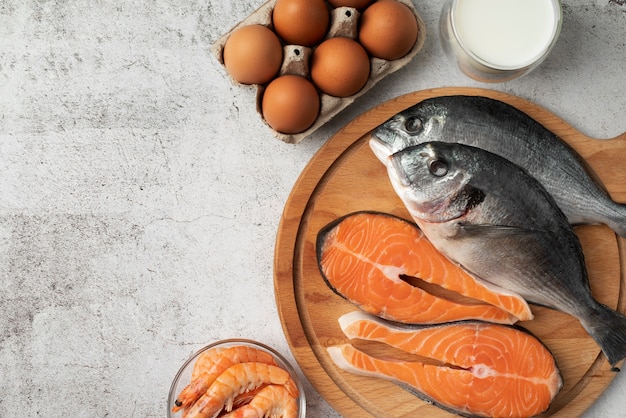
Aim for at least 5 servings daily. The phytonutrients in colorful veggies combat oxidative stress and support immune recovery.
Tracking Tip: Use a food journal to note vegetable types and portions.
Motivation Cue: “Every color on my plate is a step toward healing.”
Whole grains like quinoa, farro, and brown rice provide steady energy and B vitamins essential for cellular repair.
Tracking Tip: Replace one refined grain meal daily with a whole grain alternative.
Motivation Cue: “I fuel my recovery with real, whole foods.”
Rich in polyphenols, olive oil reduces inflammation and supports cardiovascular health.
Tracking Tip: Measure 2–3 tablespoons daily in recipes or dressings.
Motivation Cue: “This golden oil is liquid healing for my body.”
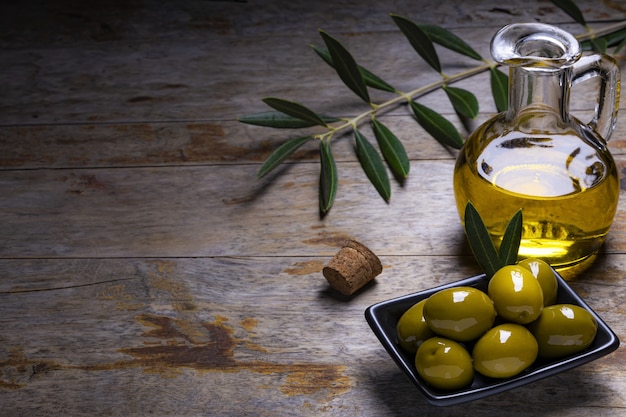
Almonds, walnuts, chia, and flaxseeds provide healthy fats, protein, and fiber to stabilize blood sugar and support tissue repair.
Tracking Tip: Pre-portion 1-ounce servings to avoid overeating.
Motivation Cue: “I nourish my body with powerful plant fats.”
Beans, lentils, and chickpeas are excellent sources of plant protein and fiber, aiding gut health and sustained energy.
Tracking Tip: Include legumes in 3 meals per week.
Motivation Cue: “Every spoonful builds my strength from within.”
Processed foods increase inflammation and slow recovery. Focus on whole, single-ingredient foods.
Tracking Tip: Read labels—avoid items with more than 5 ingredients or unrecognizable names.
Motivation Cue: “I choose clean food to heal cleanly.”
Proper hydration supports detoxification and nutrient transport. Limit sugary drinks and alcohol.
Tracking Tip: Carry a reusable water bottle and refill it 3–4 times daily.
Motivation Cue: “Water flows through me, cleansing and renewing.”
Yogurt, kefir, and sauerkraut support a healthy microbiome, which plays a key role in immune and mental recovery.
Tracking Tip: Add one serving of fermented food daily.
Motivation Cue: “A healthy gut means a stronger me.”
Slow down, chew thoroughly, and savor meals. This improves digestion and enhances nutrient absorption.
Tracking Tip: Eat without screens at least once a day.
Motivation Cue: “I honor my body with every mindful bite.”
Pairing the Mediterranean diet with daily walking or light strength training enhances metabolic recovery and insulin sensitivity.
Tracking Tip: Log 30 minutes of movement 5 days a week.
Motivation Cue: “Movement and food work together to rebuild me.”
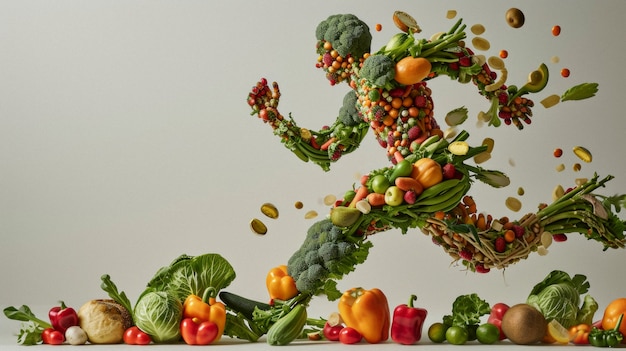
Small, consistent changes yield better long-term results than strict short-term diets.
Tracking Tip: Use a weekly check-in to assess progress, not perfection.
Motivation Cue: “Progress, not perfection, fuels my healing.”
Meal prep reduces decision fatigue and ensures healthy choices during busy or low-energy days.
Tracking Tip: Dedicate 1–2 hours weekly to prep grains, chop veggies, and cook proteins.
Motivation Cue: “I prepare today for a stronger tomorrow.”
Improved sleep, clearer skin, better mood, and more energy are signs of recovery.
Tracking Tip: Keep a wellness journal to log positive changes.
Motivation Cue: “I feel better—my body is thanking me.”
Surround yourself with people and spaces that encourage healthy choices.
Tracking Tip: Share meals with supportive friends or join a wellness group.
Motivation Cue: “I am supported, and I am strong.”
The Mediterranean diet is more than a way of eating—it’s a lifestyle that nurtures recovery on every level. By integrating these 15 strategies with mindful tracking and positive reinforcement, you can transform your health one meal at a time.
Start small, stay consistent, and let food be your foundation for healing.

Wellness

Wellness

Wellness

Wellness
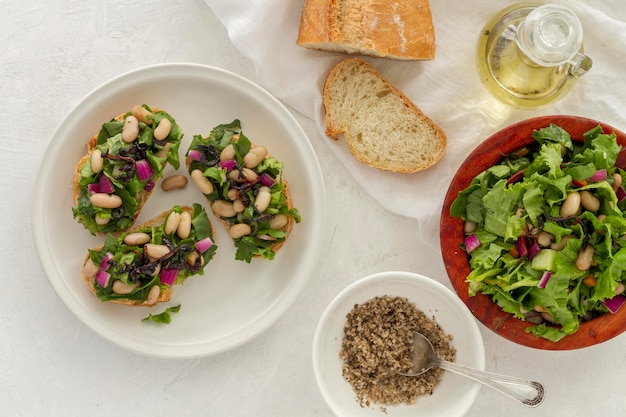
Health

Fitness
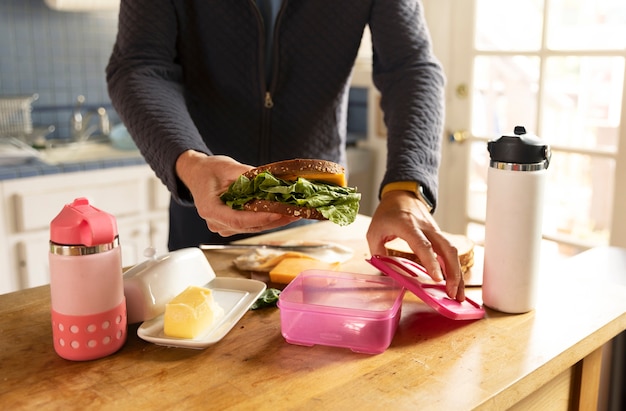
Fitness

Health
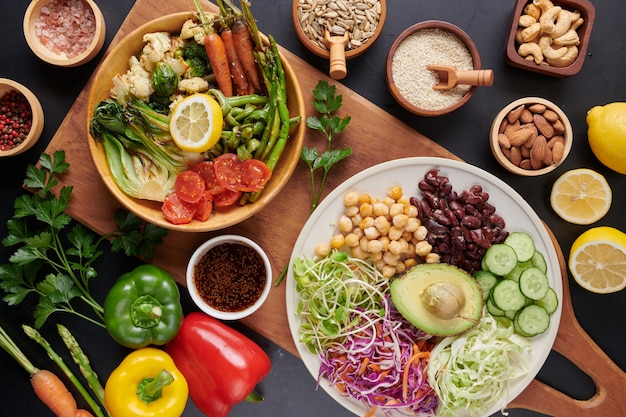
Health

Wellness

Wellness
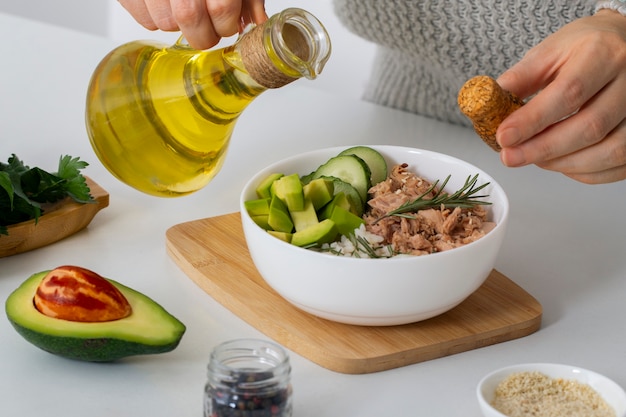
Health

Health

Fitness

Health

Health